- Best Soaker Hose Options Your Yard Truly Needs This Year - January 5, 2024
- Best Tomato Planters You Should Really Consider for Your Garden - December 21, 2023
- Best Home Depot Tomato Cages to Support Your Plants - December 16, 2023
If your garden space is limited, then you need to consider planting dwarf plants, such as Little Lime Hydrangea. This plant is a smaller version of Limelight Hydrangea and is ideally suited for use in small yards and gardens. Use these plants strategically in your yard as a hedgerow or as a garden border. These are very versatile plants so take advantage of this quality, as well as, their beauty.
Feature Qualities & Characteristics
What qualities and characteristics set this hydrangea variety apart from all the others? There are quite a few. Let’s look at some now.
- This plant grows between 3 and 5 feet tall and wide
- This plant produces large quantities of blooms
- This plant produces blossoms that are initially green, then they turn pink in the summer, and grow darker in color throughout autumn
- This plant can grow well in a garden plot or in a plant container
- This plant thrives on being pruned regularly
Feature Care & Conditions
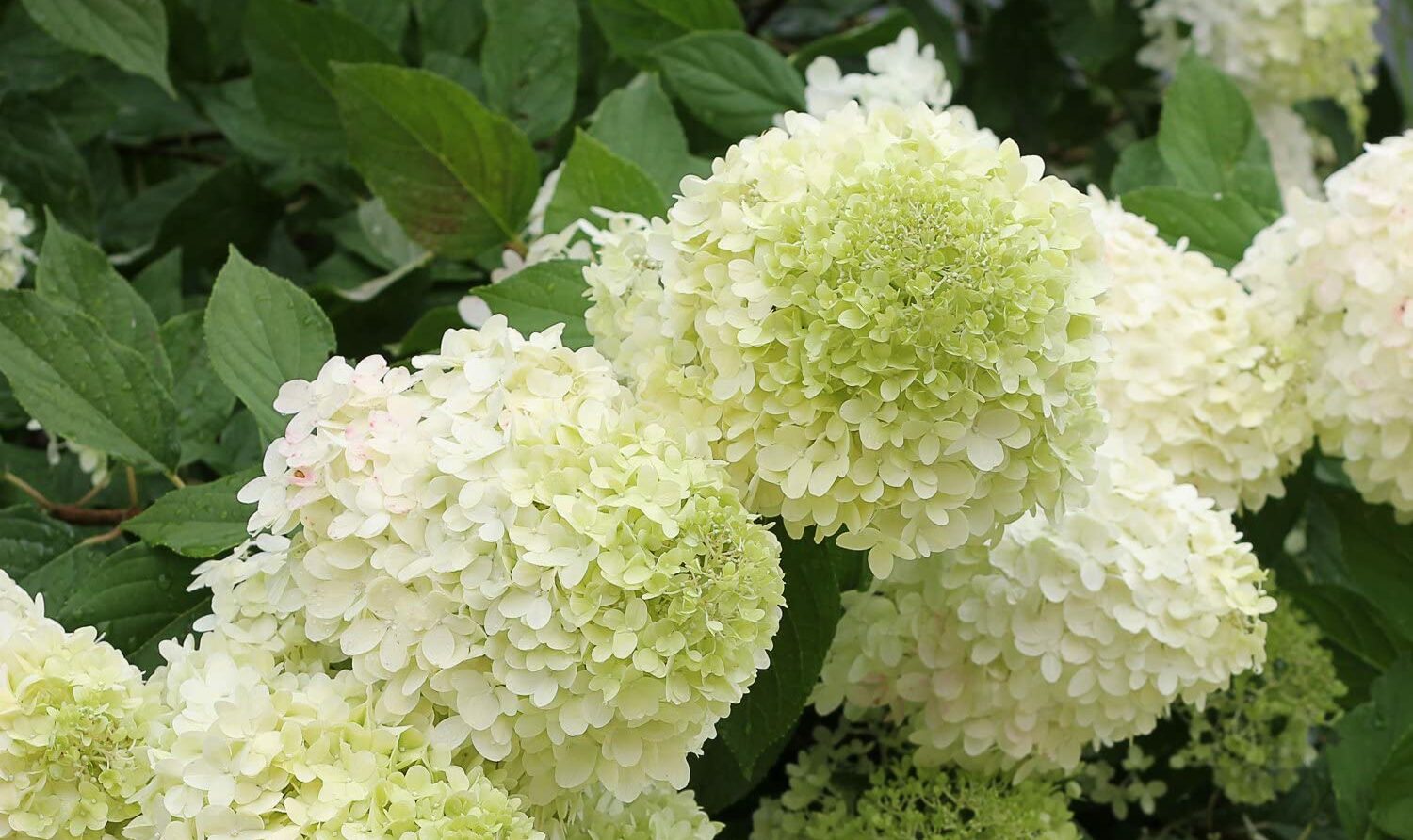
Every plant has its unique needs. If you learn what those are, you are less likely to deal with unhealthy plants or pest infestations. Let’s look into what it takes to properly care for a Little Lime Hydrangea so that your garden can look its best without any unnecessary hassles.
Schedule Annual Pruning Sessions
If you want your Little Lime Hydrangea to grow strong and produce plenty of blossoms every year, it is necessary to prune it regularly. It is best to scheduling pruning for late winter or early spring because you want the plant to be dormant when you trim it. Pruning a dormant plant rather than a growing plant will encourage it to grow better and produce more blossoms. If a plant has dead leaves, stems, or flowers, it can be pruned any time of the year.
Set up Your Soil for Success
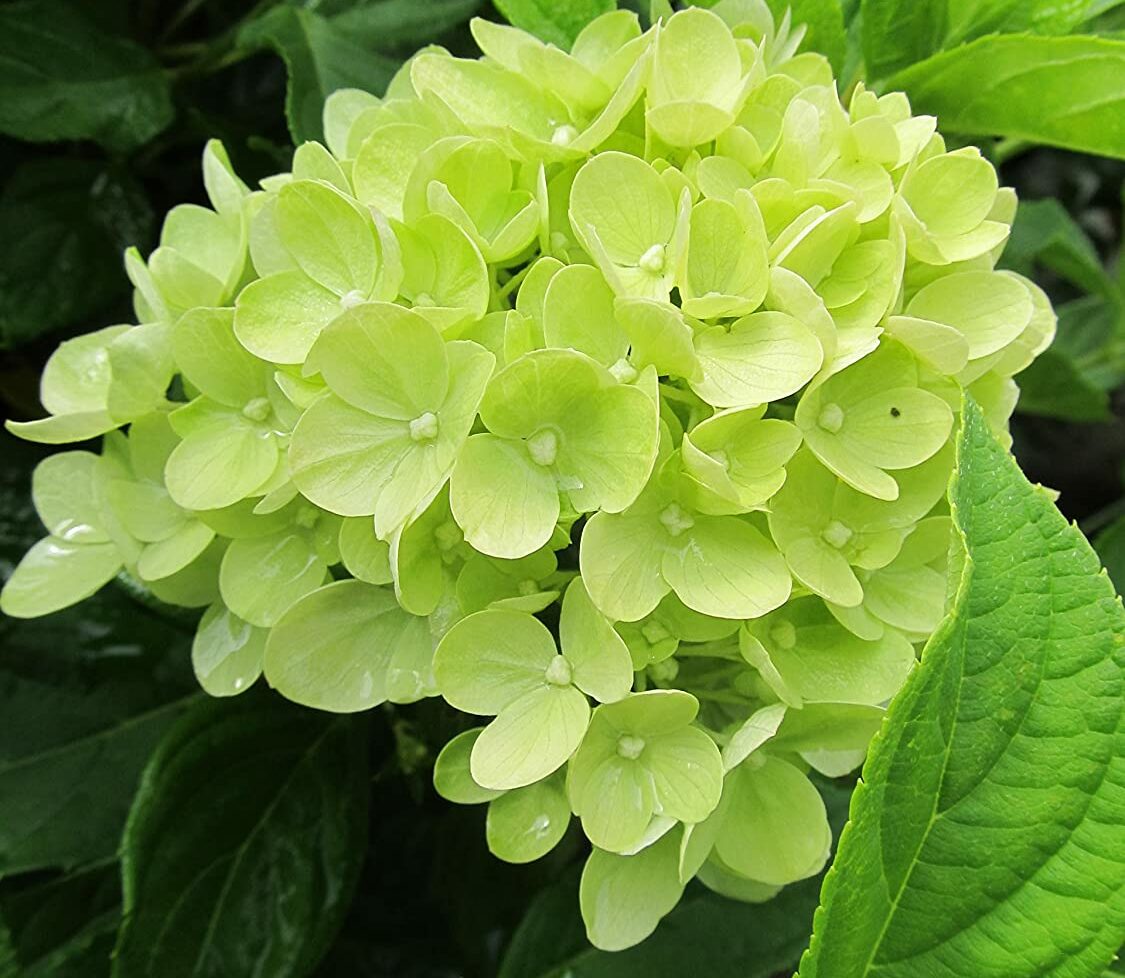
Hydrangea plants, including Little Lime Hydrangea, require soil that drains off excess water and is full of organic matter. If you intend to grow a healthy Hydrangea, you need to make sure your soil is suitable for the plant. Fortunately, you can adjust the soil you have in preparation to meet the needs of these plants. Here are a few tips for doing this:
Acidic & Alkaline Soil
Hydrangeas are capable of growing in all types of pH levels. Some Hydrangeas will produce different colors of flowers based on the acidity or alkalinity of the soil, but Little Lime Hydrangea is not one of those.
Clay Soil
Since this type of soil tends to hold water, it should be removed from the ground and replaced with compost or manure. These types of organic matter will feed the plant while allowing excess water to drain off.
Sandy Soil
Since this type of soil does not retain water well or contain enough nutrients on its own, it should be mixed with compost and manure. When these three elements are together, they provide plants with nutrients and drain off excess water.
Espoma Organic Garden Soil
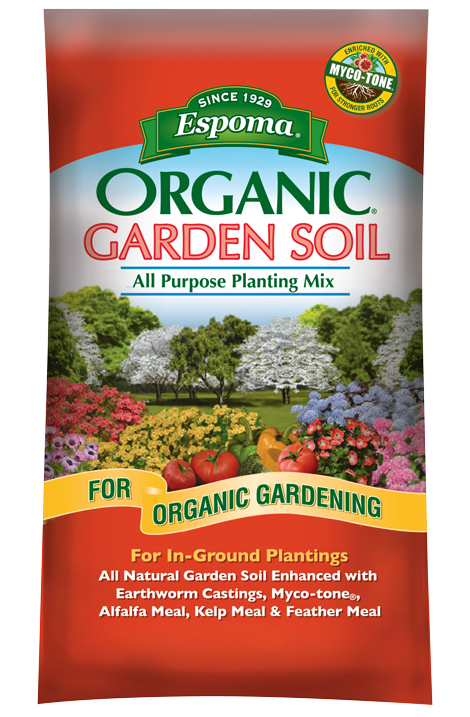
This garden soil mix will meet all the needs of a hydrangea plant.
Fertilizer
Every type of hydrangea can benefit from feeding throughout the year, but they all require different amounts at different times. When it comes to Little Lime Hydrangea, they should be fed in both early spring and mid-summer. Here’s how:
- Early Spring Feeding: Use a balanced fertilizer that is both organic and slow-release. This feeding is intended to bring the plant out of its winter dormancy. Jobe’s Organic Granular Fertilizer is an excellent option to use for this feeding.
- Mid-Summer Feeding: This feeding should is meant to boost the growth and development of the plant’s blossoms during its growing season. Use an all-purpose fertilizer for this as long as the dosage is diluted.
Mulch is Mandatory
Don’t forget to add mulch to your hydrangea plant’s soil. Mulch assists in a variety of ways. It can be broken down to provide the soil with added nutrients. It is good at retaining moisture so that the soil does not dry out too quickly. It insulates the plant and protects it from extreme cold or heat.
Note: Mulch should be set 6” away from the base of a hydrangea plant. The mulch should not touch the plant since this creates an environment for pests and diseases to flourish.
Texas Organic Native Hardwood Mulch

This mulch is excellent for its ability to control weeds and retain moisture in the soil around plants.
Let the Sun Shine
Don’t forget to consider where you place your hydrangea plant. These plants need a lot of filtered or full sun every morning, but not during the afternoon. But, the more sun a plant gets, the more water it will need. If you need help figuring out if your plant is set in the appropriate amount of sunlight, try either the Sun Seeker or the Sun Surveyor apps to determine where the sun will be and when. For indoor areas, try using the Plant Light Meter app to determine if you have the best lighting setup.
Situating the Plant
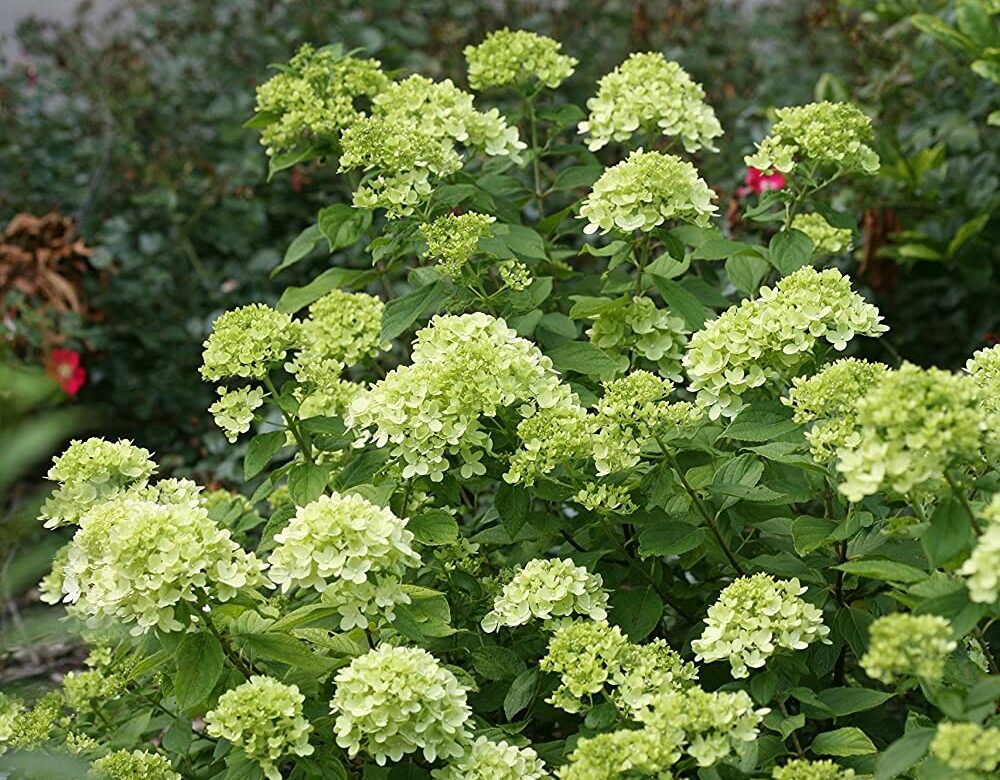
When it comes to hydrangeas, selecting a ground plot or plant container may be the most important aspect of its care. This is because these plants need a home that will give access to the natural resources they require to grow and blossom.
Don’t forget to check which USDA Hardiness Zone you live in because this is essential information for deciding how and where to place your Little Lime Hydrangea plant. Remember that these plants are hardy only in zones 3a to 8b. If you do not live in this range, you should keep your hydrangea in a container that can be transported indoors when the weather is too hot.
When you look for a home for your new Little Lime Hydrangea plant, keep these requirements in mind:
Ground Plot
- Look for a ground plot that has access to the morning sun
- Look for a ground plot that has shade during the afternoon
- Look for a ground plot that is not directly under a tree (trees will compete with it for water)
- Look for a ground plot that is protected from high wind
- Look for a ground plot that has soil that can be adjusted to drain off excess water
- Look for a ground plot with plenty of space (hydrangeas should be planted 3 to 5 away from other plants)
- Dig a hole in the selected ground plot that is twice as wide as the pot the hydrangea comes in and just as deep as the soil in the pot
Plant Container
- Look for a container with drainage holes in its bottom
- Look for a container that is large so that the plant will have room to grow
Stone & Beam Planter
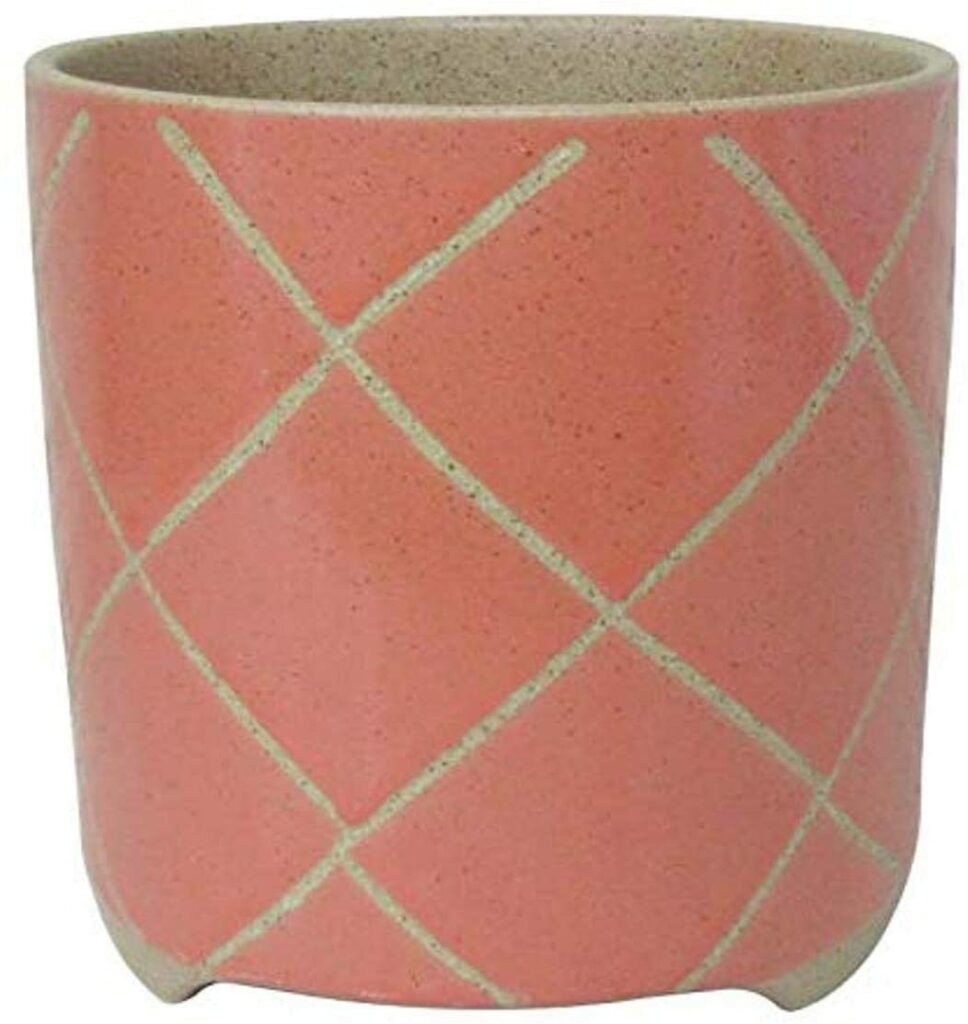
This is a stylish planter that will also provide excellent drainage and support for a hydrangea plant.
Water It Well
Water is the key to a healthy plant. If a plant is not watered properly, it is more susceptible to disease and pest infestations. If you can learn how to properly water your Hydrangeas, you will hardly have any issues to treat. Here are some tips for how to water a Little Lime Hydrangea:
- Water the hydrangea 3 times a week
- Water the hydrangea thoroughly
- Water the hydrangea when its leaves begin to wilt
- Water the hydrangea when its soil begins to dry
- Water with a soaker hose to ensure that the soil is thoroughly soaked but the leaves do not get wet
Note: A great way to make sure all your plants are properly watered is to use a plant watering app. Here are a few app options to help answer all your plant watering quandaries:
Where to Purchase Little Lime Hydrangea Plants
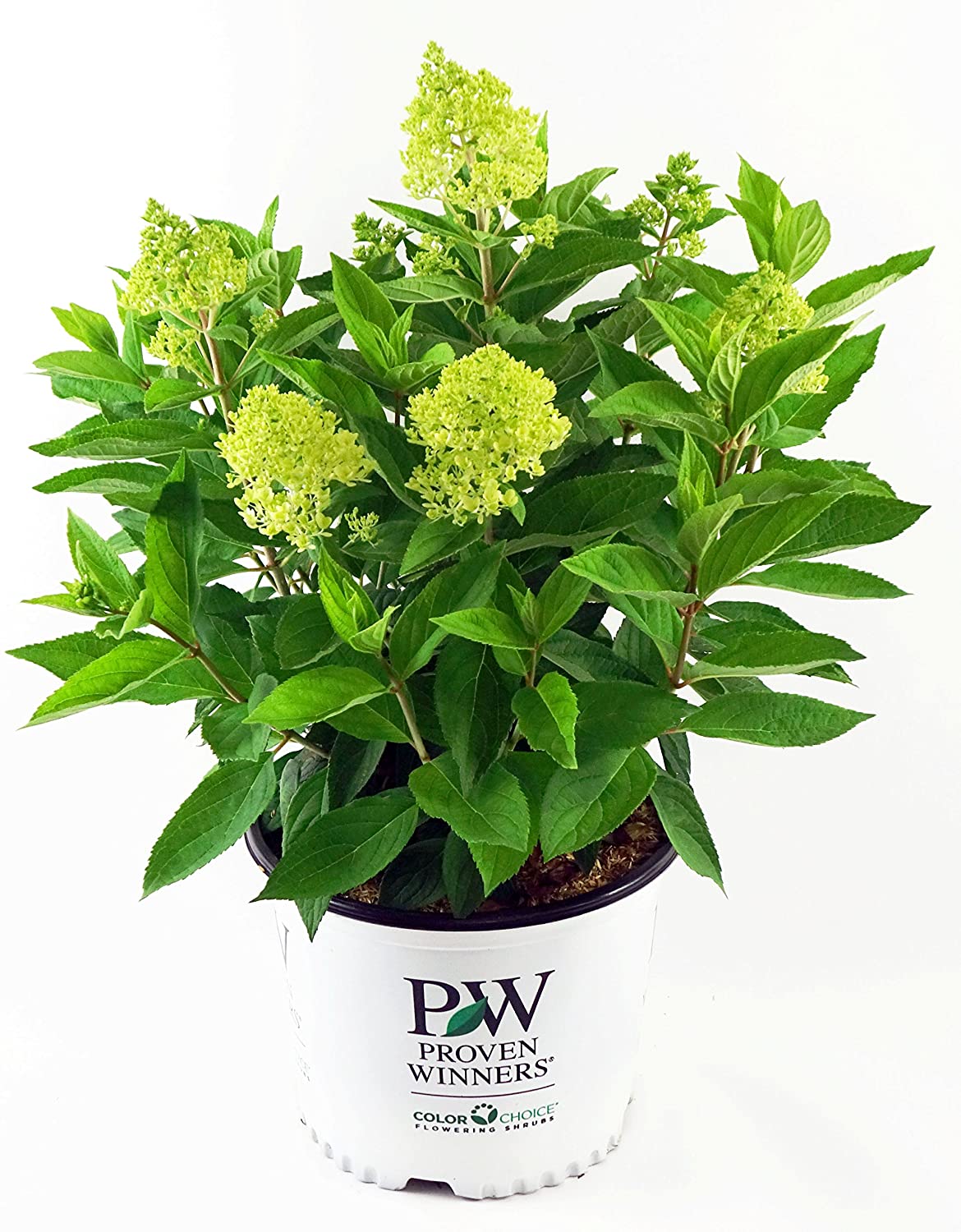
These plants are available at many online shops. The following are shops that have great reviews and great products ready for purchase.
FAQs
Aphids – This insect infestation looks like tiny globular bugs clustered onto leaves and stems. Symptoms of this type of infestation are:
• Leaves that are yellowing
• Leaves that are growing crooked
• Leaves that have had their growth stunted
• Black and sticky residue on the plant
• Honeydew trails on the plant
The most effective way to deal with an infestation of aphids is to introduce predatory insects into your garden and naturally get rid of the ants. Ants feed on aphids and for this reason, they will fight to protect aphids from predatory insects such as ladybugs and lacewings. If you can introduce predatory insects into your garden while removing the ants, you may succeed in ridding your plants of aphids as well.
Fungal Infections – This type of infection shows up on plants when they are exposed to wet conditions and do not have enough air flowing through their stems and leaves. It can look like a grayish-brown coating and can cause leaves and stems to wilt. To deal with this type of infestation, apply a fungicide to the plant and consider these preventative measures:
• Remove stems, leaves, and fruit that have been infected
• Remove debris from around the plant
• Only water the soil of the plant rather than its leaves
Spider Mites
Symptoms of this type of insect infestation are:
• Leaves that have yellow, white, or tan spots on them
• Leaves that have tiny red or white spots that move around on them
• Leaves that have a cotton-like webbing covering their undersides
The most effective and natural way to deal with an infestation of spider mites is to introduce predatory insects into your garden. Predatory insects include ladybugs and parasitic mites. Other ways to deal with this type of infestation are to apply insecticidal oil or neem oil to the plants.
Wild Animals
Certain types of wildlife enjoy munching on these plants, and sometimes it is difficult to keep this from happening since some animals are protected by local laws. One option to protect your plants without risking injuries to the animals is to set up fencing around the perimeter of the plants. If this does not work, you may want to check with your local Animal Control Center or Fish and Game Office for more advice.
Answer: Yes, these plants can be propagated via stem cuttings. Here are the basic steps for working this method:
• Use a sterile cutting utensil to cut a 5-inch stem that includes a node but not a flower
• Dip the bottom of the stem in a rooting hormone
• Set the cutting into a container filled with moist potting soil
• Cover the container with plastic to hold in moisture
• Set the container in a warm place
• Water the soil regularly but allow excess water to drain out
• Transfer the cutting to a permanent location when new growth appears
Answer: Yes, this hydrangea variety loves a friend in the garden. There are many options that you can use as a companion planting, but here are some of the most popular options:
• Chinese Juniper
• Chrysanthemums
• Dogwood Trees
• Lavender
• Lilies
• Maple Trees
• Peonies
• Yew Shrubs
Beautify Your Yard with Little Lime Hydrangea
There is no better time than the present to put your best gardening boot forward and add even more beauty to your outdoor space with a Little Lime Hydrangea. You don’t have to stop at just one hydrangea plant, you can set out several plants in a row. Or, if you don’t have the garden space or the right type of climate, bring this lovely hydrangea variety inside your home. No matter where you place them, they are sure to shine and beautify.
Are there other types of plants that intrigue you? Jardin HQ is here to help you discover and develop your green thumb. Check out all our resources on growing everything from fruit and vegetables to showy flowers.

